- No products in the cart.
Furadonin aveksima tab 50mg 10 pc
$1.89
Furadonin aveksima tab 50mg 10 pc
SKU: 0415470583 Categories: Bladder and kidney infections, Kidney and bladder, Medicaments Tags: AVEKSIMA, nitrofurantoin
Description
Composition
Active substance:
1 tablet contains: Nitrofurantoin (furadonin) – 50 mg ;.
Excipients:
Potato starch – 46.15 mg Colloidal silicon dioxide (Aerosil) – 2 mg stearic acid – 1 mg polysorbate-80 (Tween-80) – 0.85 mg.
Description:
Round, ploskotsilindricheskoy form tablets, yellow or yellow color with a greenish tinge, with a two-sided joint, allowed easy marbling on the surface.
Product form:
Tablets of 50 mg.
10 tablets in contour bezgyachakova packaging together with instructions for use.
At 10 or 20 tablets in blisters.
20 tablets in a jar orange glass. 1, 2, 3, 4 or 5 contour cell packs of 10 tablets 1 contour cell pack 20 of tablets or bank 1 for 20 tablets, together with instructions for medical application is placed in a pile of cardboard.
Contraindications
-Increased sensitivity to nitrofurantoin, nitrofuran derivatives or other components of the formulation;
– Chronic renal failure (creatinine clearance
– chronic heart failure II – III degree;
– deficiency of glucose-6-phosphate dehydrogenase;
– liver cirrhosis, chronic hepatitis;
– pulmonary fibrosis;
– acute porphyria;
– neuritis or neuropathy;
– the period of breast-feeding;
– Children under 6 years (for a given dosage form);
– III trimester pregnancy, during delivery.
Carefully
In diabetes, anemia, electrolyte imbalance, deficiency of vitamins of group B, deficiency of liver function, lung diseases, tendency to develop peripheral neuropathies (itching arms, legs, numbness), pregnancy I and II trimester.
Dosage
50 mg
Indications
Bacterial infections of the lower urinary tract caused by microorganisms sensitive to nitrofurantoin: uncomplicated acute infections, recurrent infections of severe complications, prevention of urinary tract infections, including uncomplicated chronic diseases and urological operations or inspection (cystoscopy, catheterization of the urinary tract and the like )..
Interaction with other drugs
Antacids and adsorbents reduce the absorption of nitrofurantoin.
The simultaneous use of nitrofurantoin and preparations of quinolone (nalidixic acid, fluoroquinolone) leads to a reduction of the antibacterial action of the latter.
Means facilitating excretion of uric acid (probenecid and sulfinpyrazone) can block the secretion by the renal tubules, thus decreasing nitrofurantoin urinary concentration (decreases antibacterial effect) and increases in blood concentration (increased toxicity).
The antibacterial effect of nitrofurantoin is reduced in an alkaline medium, so is not recommended to combine with nitrofurantoin drugs that increase urine pH (sodium hydrogencarbonate).
Overdose
Symptoms include nausea, vomiting, headache, dizziness.
Treatment: drinking large amounts of fluid leads to increased excretion of nitrofurantoin urine. Effective dialysis.
pharmachologic effect
Pharmacological group:
Antimicrobials nitrofuran.
Pharmacodynamics:
The antimicrobial agent from the group of nitrofurans, designed primarily for the treatment of urinary tract infections. Nitrofurantoin gives the synthesis of proteins in bacteria and the permeability of the cell membrane. In small doses, it has a bacteriostatic effect, in large – bactericidal.
Effective against gram-positive and gram-negative bacteria (Staphylococcus spp., Streptococcus spp., Shigella dysenteriae, Shigella flexneri, Shigella boydii, Shigella sonnei, Escherichia coli., Proteus spp.).
Nitrofurantoin resistant to: Pseudomonas aeruginosa, Pseudomonas cepacia, Providencia spp, Acinetobacter spp..
Nitrofurantoin is not used in urinary tract infections caused by the gonococcus, chlamydia, mycoplasma.
Pharmacokinetics:
Nitrofurantoin is well absorbed in the gastrointestinal tract. Bioavailability – 50% (food increases bioavailability). The rate of absorption depends on the crystal size. Communication with plasma proteins – 60%. It crosses the placenta, the blood-brain barrier, excreted in breast milk. An effective therapeutic concentration of the drug reaches the urinary tract, but not in blood and tissues.
It is metabolized in the liver and muscle. The half-life (T1 / 2) – 20-25 minutes. Completely displayed kidney (30-50% – unchanged). Patients with impaired renal function nitrofurantoin concentration in plasma and T1 / 2 increases. If creatinine clearance (CC) of less than 60 ml / min,
therapeutic concentration of nitrofurantoin urine is not achieved, possible accumulation of the active substance and an increased risk of toxicity. Nitrofurantoin is very active in acidic urine. If the urine pH above 8, the product loses the bactericidal activity.
Pregnancy and breast-feeding
Nitrofurantoin crosses the placental barrier. Animal studies have shown reproductive toxicity. The potential risk for humans is unknown.
Use of the drug is contraindicated in the III trimester of pregnancy (due to the risk of neonatal hemolytic anemia).
Use of the drug in the I and II trimester of pregnancy may in cases of extreme necessity, the expected benefit to the mother outweighs the potential risk to the fetus. If necessary, use during lactation should stop breastfeeding.
Conditions of supply of pharmacies
On prescription.
side effects
The frequency of adverse reactions reported when receiving nitrofurantoin, refer to the following gradation: very often (> 1/10), often (> 1/100, 1/1000, 1/10 000,
Infectious and parasitic diseases:
frequency is unknown – pseudomembranous colitis, superinfection urogenital tract, often caused by Pseudomonas aeruginosa or Candida spp.
Blood disorders and lymphatic system:
rarely – megaloblastic anemia, leukopenia, granulocytopenia or agranulocytosis, thrombocytopenia, hemolytic anemia in patients with deficiency of glucose-6-phosphate dehydrogenase.
Violations by the immune system:
very rarely – lupus syndrome (rash, eosinophilia, fever, arthralgia), and the serum there is an increase of two or more parameters – antinuclear antibodies, antibodies to smooth muscle or to the glomerular basement membrane and Coombs’ test. In some cases -angionevrotichesky edema, anaphylaxis, autoimmune reactions associated with chronic changes in the lung or liver.
Disorders of the nervous system:
often – headache;
rarely – increased intracranial pressure;
frequency is unknown – dizziness, fatigue, nystagmus, drowsiness;
peripheral neuropathy (including optic neuritis), the first symptoms of which – the feeling of numbness and burning sensation in the legs, muscle weakness.
Violations of the respiratory system, thorax and mediastinum:
very rarely, acute and chronic pulmonary hypersensitivity reactions characterized by fever, eosinophilia, cough, chest pain, shortness of breath ( “nitrofurantoinovaya pneumonia”) interstitial changes in the lungs, bronchial obstruction, pleurisy. Pulmonary infiltration or seal and pleural effusion can occur within hours or days of therapy; After stopping treatment, they usually resolve. Subacute or acute pulmonary symptoms, including pulmonary fibrosis, can seamlessly develop in patients during long-term therapy; Fibrosis may be irreversible, especially if therapy was continued after the onset of symptoms (see. section “Contraindications”).
Disorders of the gastrointestinal tract:
often – nausea, vomiting, lack of appetite;
rarely – diarrhea, abdominal pain, pancreatitis, inflammation of the salivary glands.
Disorders of the liver and / or biliary tract:
rarely – hepatitis, cholestatic jaundice (dozonezavisimy and disappear after discontinuation of the drug).
Violations of the skin and subcutaneous tissue disorders:
often – allergic reactions (skin rashes, hives, itching);
very rarely – exfoliative dermatitis, erythema poliformnaya.
Violations by the genitals and breast:
very rarely – passing disruption of spermatogenesis.
Other:
rarely – arthralgia, reversible hair loss.
special instructions
The frequency of side effects from the gastrointestinal tract is reduced while taking the drug with meals and a small amount of liquid.
Caution should be taken when anemia, diabetes, electrolyte imbalance, deficiency of B vitamins and folic acid, pulmonary disease, liver failure, as well as the propensity to develop peripheral neuropathies (itching hands or feet, numbness).
The drug should be discontinued at the first sign of the presence of peripheral neuropathy (occurrence paresthesias), since the development of complications can be life-threatening.
When the first reactions of hypersensitivity lung development of hepatitis, blood disorders from taking the drug should be discontinued and appropriate measures taken.
For prolonged treatment should monitor lung function, especially elderly patients who may decline in lung function (see. The section “Side effect”).
For prolonged treatment should monitor liver function (see. The sections “Contra” and “Side effect”). If QC? 60 ml / min, therapeutic concentration of nitrofurantoin urine is not achieved, possible accumulation of the active substance and an increased risk of toxicity (see. The section “Contra ‘).
The drug should be discontinued at the manifestation signs of hemolysis in patients with suspected deficiency of glucose-6-phosphate dehydrogenase.
Nitrofurantoin can stain a urine dark yellow or brown.
Nitrofurantoin should not be used to treat diseases of renal cortex, purulent paranephritis, prostatitis.
It should not take the drug for the treatment of pyelonephritis, which is accompanied by inflammation or perirenal parenchymal tissue inflammation.
Nitrofurantoin should not be used in combination with drugs that cause renal dysfunction.
nitrofurantoin treatment can lead to the emergence of resistant organisms.
In patients receiving nitrofurantoin, there may be false positive reactions in the determination of glucose in urine.
During treatment, you can not drink alcoholic beverages.
Effects on ability to drive vehicles, machinery.
During the period of treatment must be careful when driving and occupation of other potentially hazardous activities that require high concentration and psychomotor speed reactions, due to side effects in the nervous system.
Storage conditions
Store in a dry, dark place at a temperature not higher than 25 ° C.
Keep out of the reach of children.
Dosing and Administration
The drug is taken orally, at meal time, drinking a small amount of liquid.
Adults and children over 12 years:
In acute uncomplicated urinary tract infections, lower – 50 mg (1 tablet of 50 mg) 4 times a day or 100 mg (2 tablets of 50 mg), 2 times per day. The treatment course of 7 days.
Symptoms may disappear before cure of the infection occur, and at the termination of application of a medicament disease can deteriorate again.
In severe recurrent infections complicated – 100 mg (2 tablets of 50 mg) 3-4 times a day for 7 days. When the nausea is necessary to reduce the dose or stop taking.
Prevention of lower urinary tract infections, including uncomplicated chronic diseases and urological operations or inspection (tsitoskopiya, catheterization of the urinary tract, etc.) – 100 mg (2 tablets of 50 mg) overnight.
Children aged 6 to 12 years (body weight – 25 kg):
Uncomplicated acute urinary tract infections – 3 mg / kg / day divided in 4 divided doses, for 7 days.
Information
Appearance may differ from that depicted in the picture. There are contraindications. You need to read the manual or consult with a specialist
Additional information
| Weight | 0.100 kg |
|---|---|
| Manufacturer | AVEKSIMA |

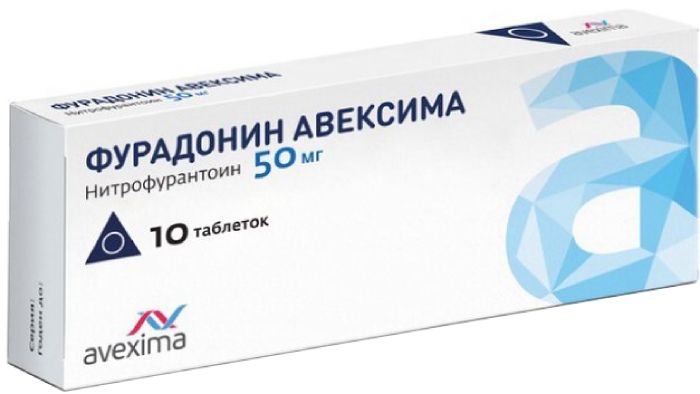
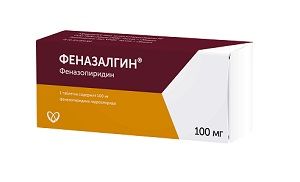
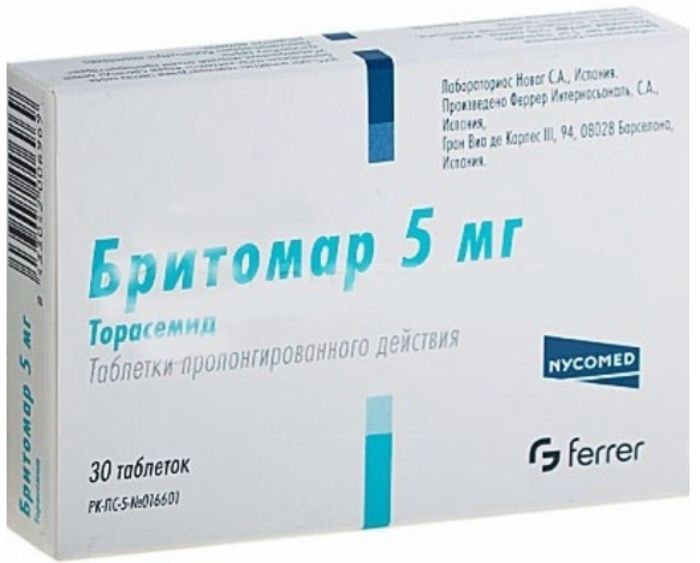
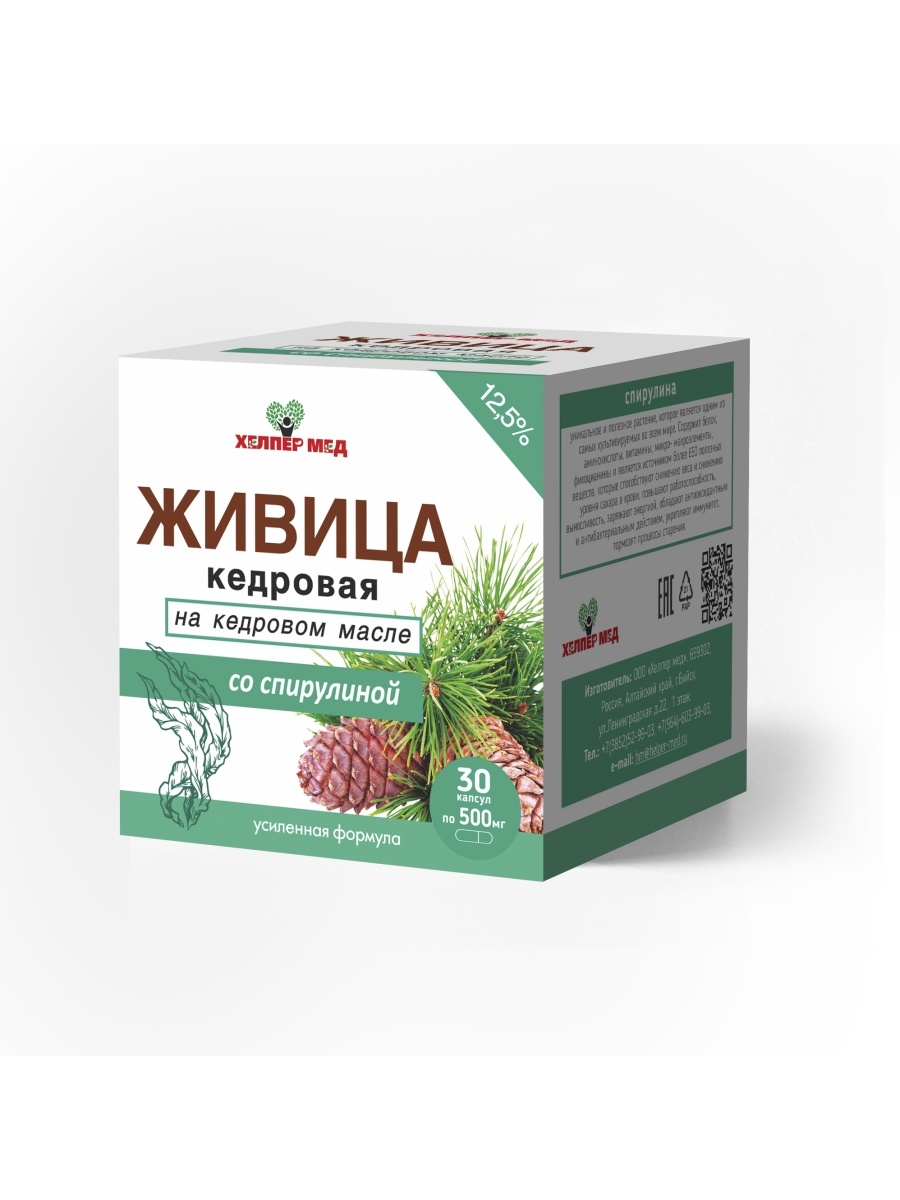
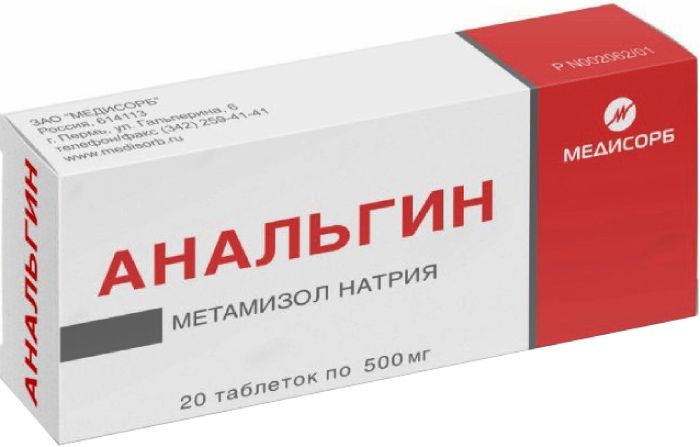
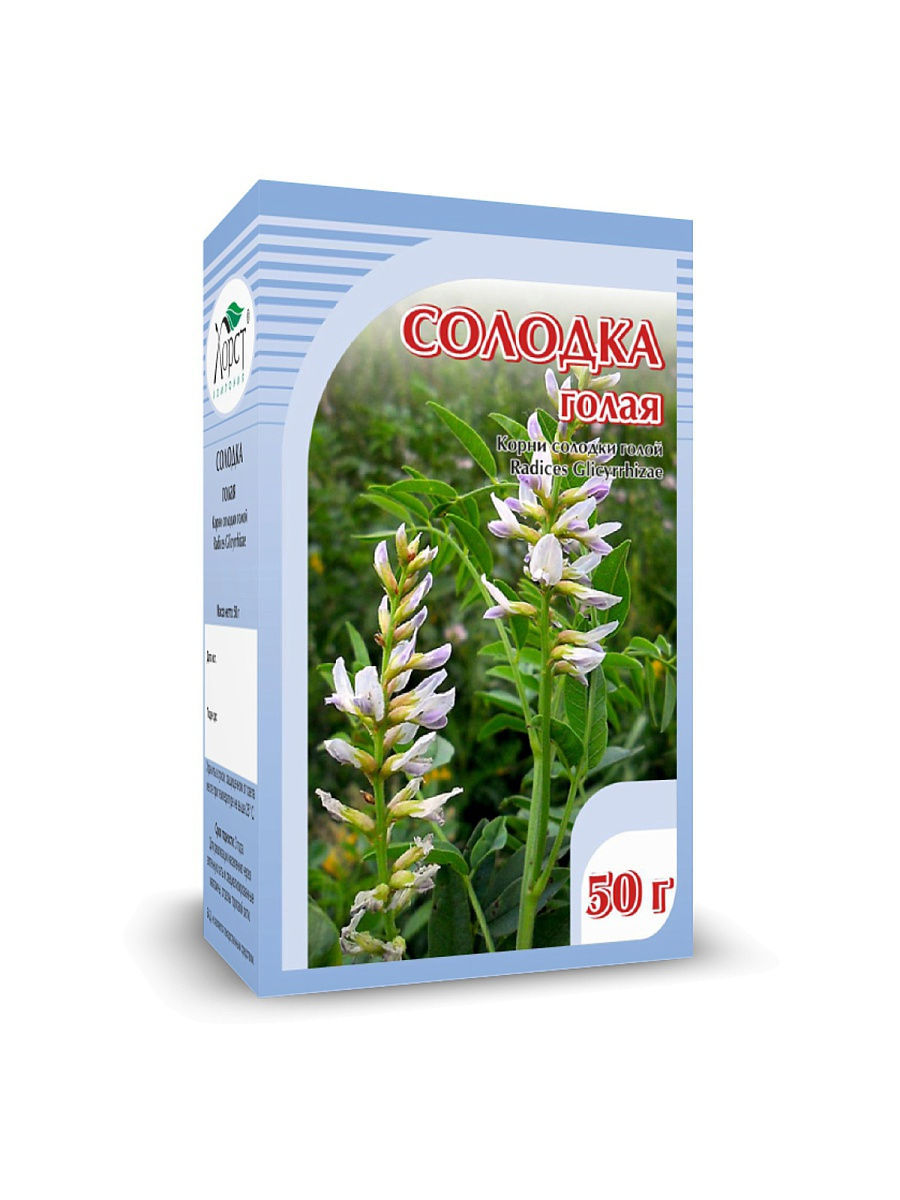
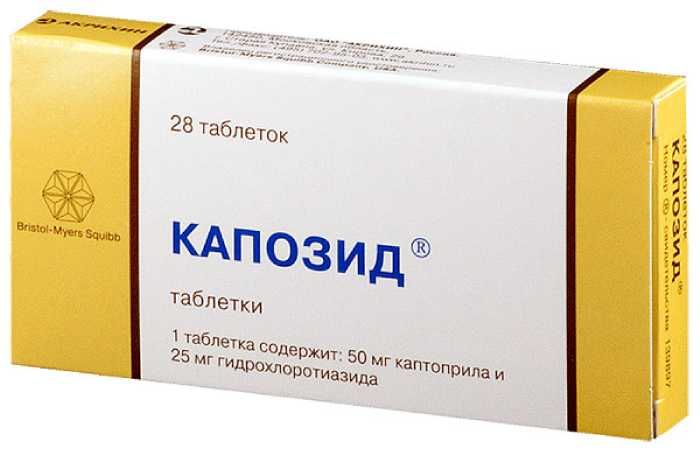
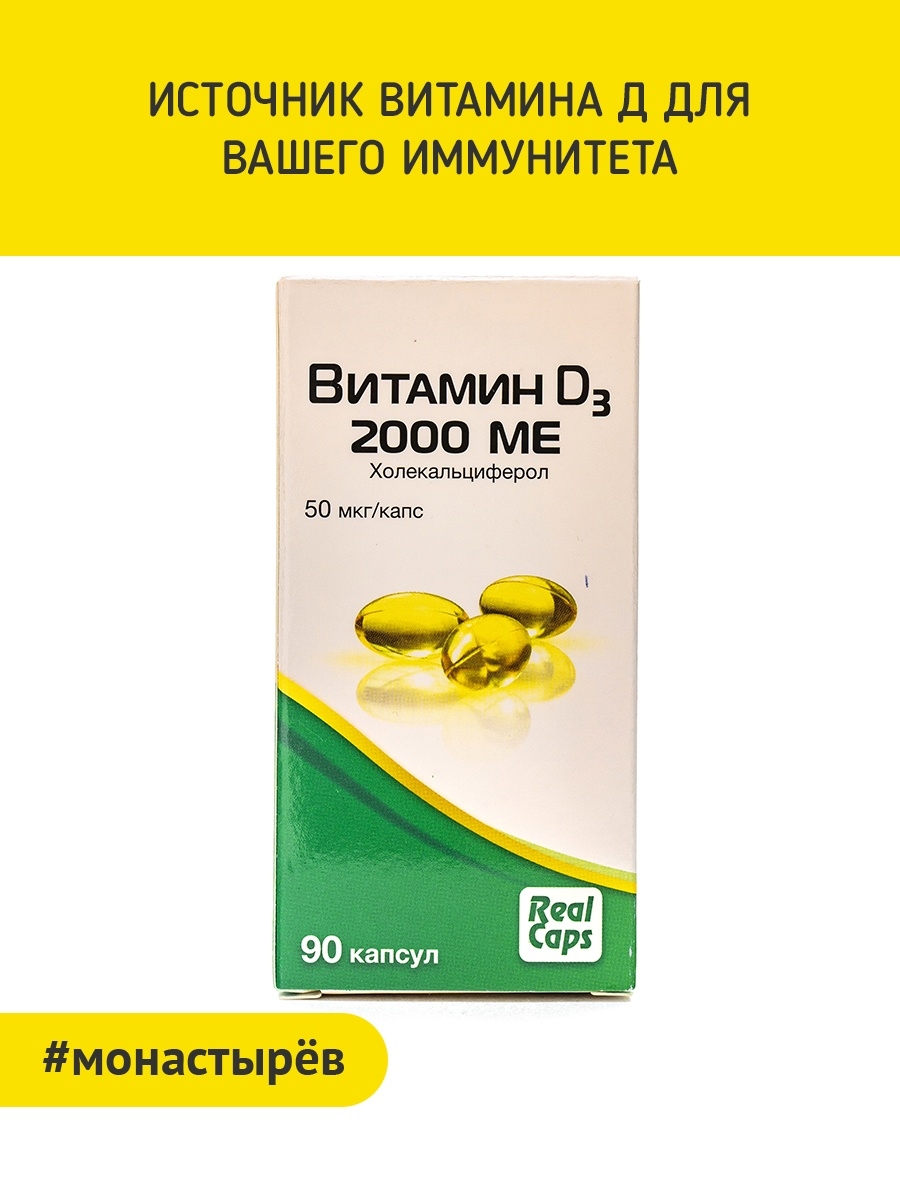
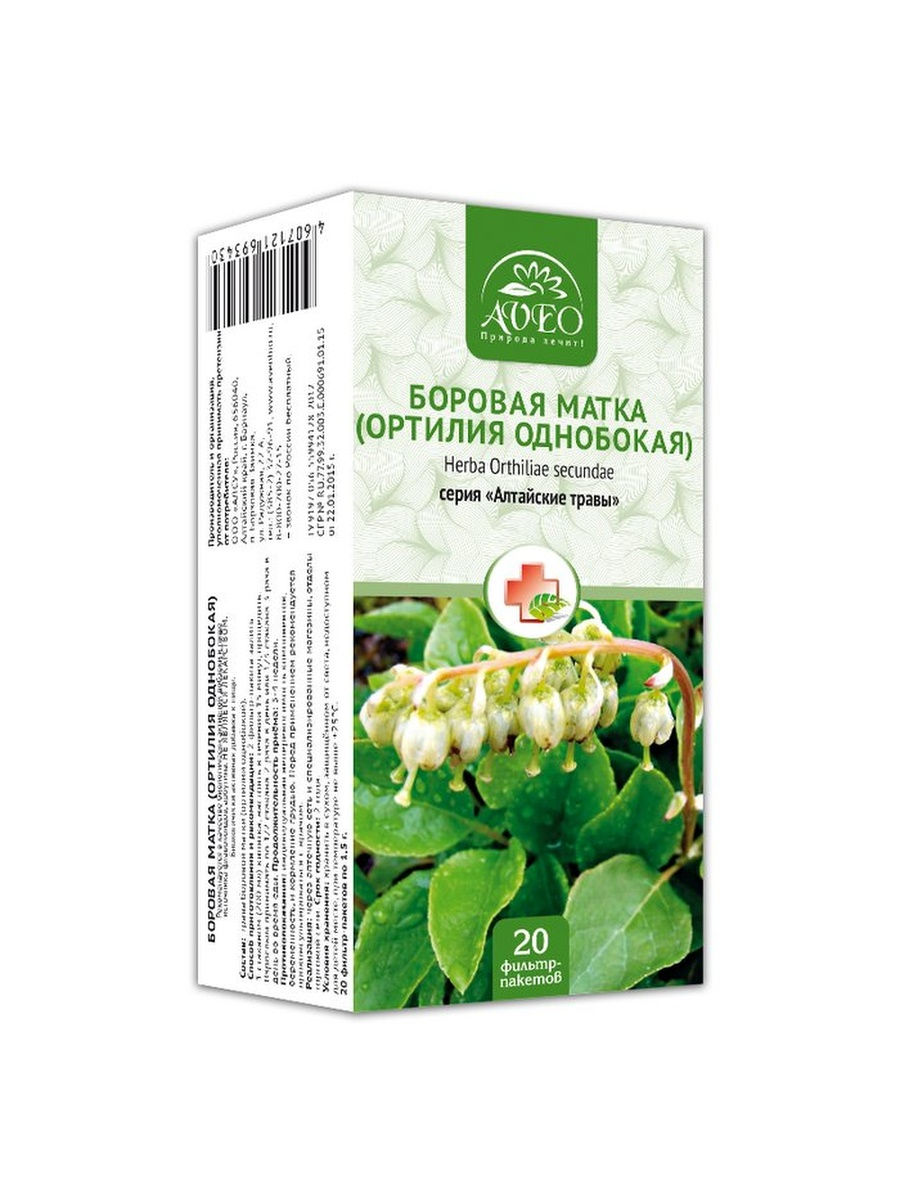




There are no reviews yet.